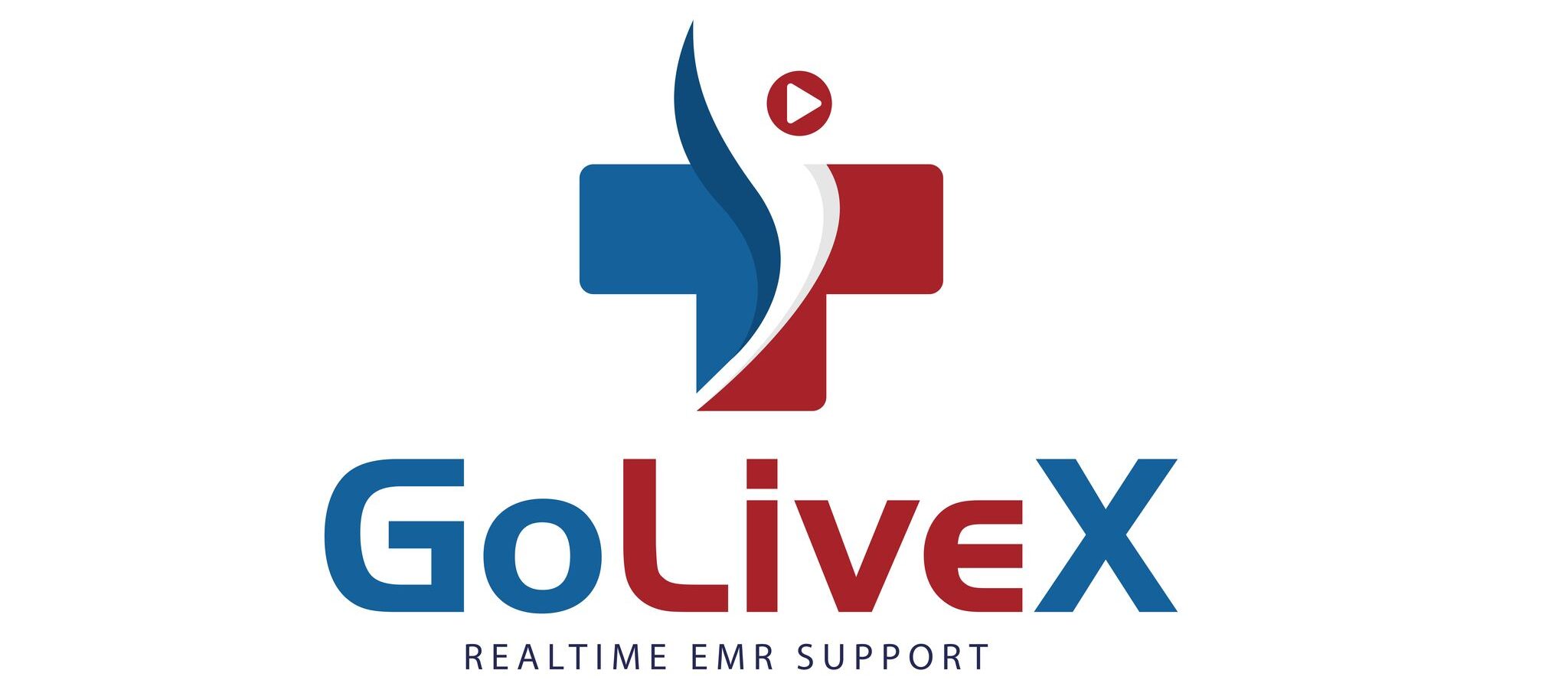
Stop.
Somewhere inside you right now is a map written in spirals, a sequence of letters so intimate it could be called a secret.
What if that secret could be read kindly, folded into the records we already hold, and used to guide a single, precise life back toward health?
In every patient’s code lies a treatment plan waiting to be revealed. EMRs are the keys to that door.
There was a time when medicine treated symptoms like storms: observe, shelter, and hope. Today, we are learning to read the weather pattern itself: the tiny, patient-specific instructions tucked inside DNA. But a gene alone is a whisper; it gains meaning only when it meets storage, allergies, family, the job that shortens sleep, and the childhood illness that never quite left. That meeting happens inside the EMR, where genomics becomes context and tests become tending.
A patient’s life, re-centered
Imagine a woman named Sara who has been told “it’s just asthma” for years. In her chart, pulmonology notes sit beside childhood records and a list of medications that sometimes help and sometimes don’t. One day, a clinician orders genomic screening. The result shows a subtle variant linked to drug responsiveness. When that genetic insight is surfaced in her EMR clearly, compassionately, and linked to her medication history, her treatment shifts from trial and error to tuned precision. She breathes differently. She goes back to work without pausing for breath. The EMR didn’t cure her genetics; it simply held the map so clinicians could find the best road.
How EMRs turn sequences into stories
EMRs do three quiet, essential things that make genomic medicine possible:
- They anchor genomic data to lived context. A raw sequence is noise until it sits beside symptom timelines, imaging, and social history. The EMR is the stage where these elements meet and make meaning.
- They translate for the team. Genetics is specialized language; EMRs can surface clinician friendly interpretations, decision support prompts, and links to evidence so an oncologist, pharmacist, and primary care provider read the same page and act in chorus.
- They preserve continuity. A variant found in one clinic should follow a patient across systems and years. When EMRs carry genetic flags forward, each new clinician inherits not fragments but a coherent narrative.
Real benefit, human scale
The promise is not abstract; it arrives in small, luminous ways. A child spared months of invasive testing because a genetic marker suggested a simpler pathway. A cancer therapy chosen because a tumour’s molecular signature met a drug’s specific lock. A family’s inherited risk detected early enough for gentle prevention rather than panic. These outcomes aren’t just clinical wins; they are life regained, fear soothed, and time returned.
The hard questions that must be asked
This future is bright, but not without shadow. Genomic data is intimate and immutable. EMRs that carry it must be a fortress and friend: encrypted, consent driven, and transparent. Patients deserve to know who reads their code, how decisions are suggested, and how their genomic legacy is shared with (or shielded from) family. Equity matters too; genomic-informed care must not deepen divides between well-resourced centres and rural clinics. To be humane, the system must be just.
Toward a practice of gentleness
To make genomics truly personal, we need more than pipelines and APIs. We need design that speaks plainly to patients and clinicians, alerts that nudge without nagging, and interfaces that let families add context a grandmother’s history, a childhood reaction, or a cultural note that alters risk. We need teams who translate variant lists into clear choices and clinicians who pair data with conversation. The most sophisticated EMR is one that returns time to listen.
A future that remembers the human name
The radical gift here is not technology that knows more, but technology that remembers better. When a sequence is joined to a story, when a variant is linked to a life, care becomes bespoke: less guessing, more grace. EMRs are the loom on which this new medicine is woven. They do not pronounce destiny; they offer paths.
So let us bring our maps together spirals of code and pages of narrative and let our systems guard those maps with respect. Because inside every genome is a patient waiting to be met, and inside every EMR is the chance to turn genetic possibility into gentle, precise care.
